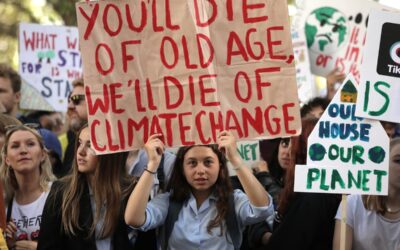In the post below, Alex envisages an implausibly high stabilization target (1000ppm say), followed by a dramatic shock (one that, presumably, everyone needs to accept is largely caused by climate change), which leads to a rapid revision (down to a stable 450ppm).
But maybe we can expect a more dynamic target, subject to regular revision. A model would be interest rates – as set by a monetary committee charged with examining all factors that are driving inflation and setting an interest in response.
Normally, these committees don’t change rates dramatically. Instead, they squeeze them up or down, probing for a sweet spot that will keep the economy healthy.
So the world needs need to: (i) agree the principle of a stabilization target; (ii) set an initial figure based on what seems both realistic and politically achievable; (iii) agree a review mechanism that meets every couple of years to sift the latest evidence and move the target up or down.
Using this model, we’d expect to see a slow convergence on a permanent target over a ten, or even twenty year period.
There are political, economic and scientific benefits to this approach.
No-one would be signing up to a ‘forever’ agreement. The system would respond to new information as it appeared, insuring it against uncertainty. And there’d be much more chance of competing interests agreeing to an initial target that they could all live with…




